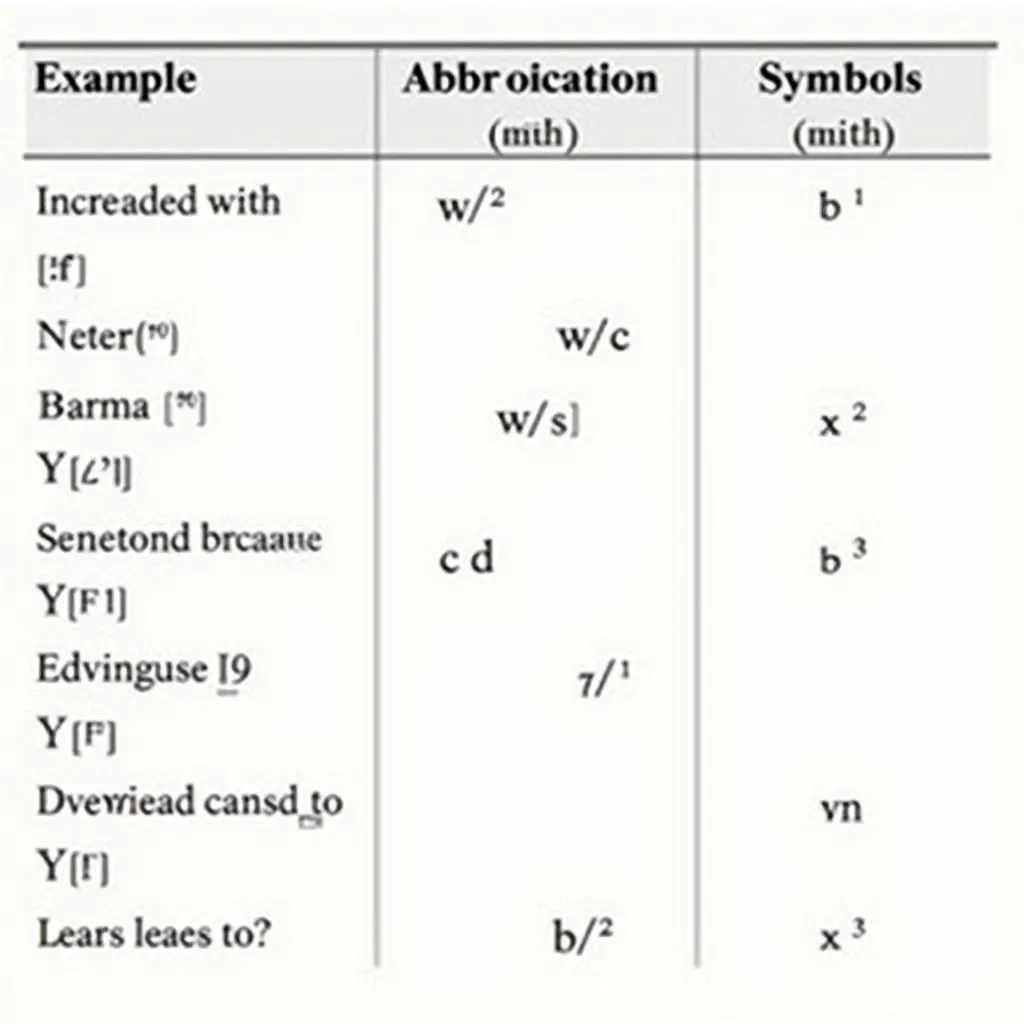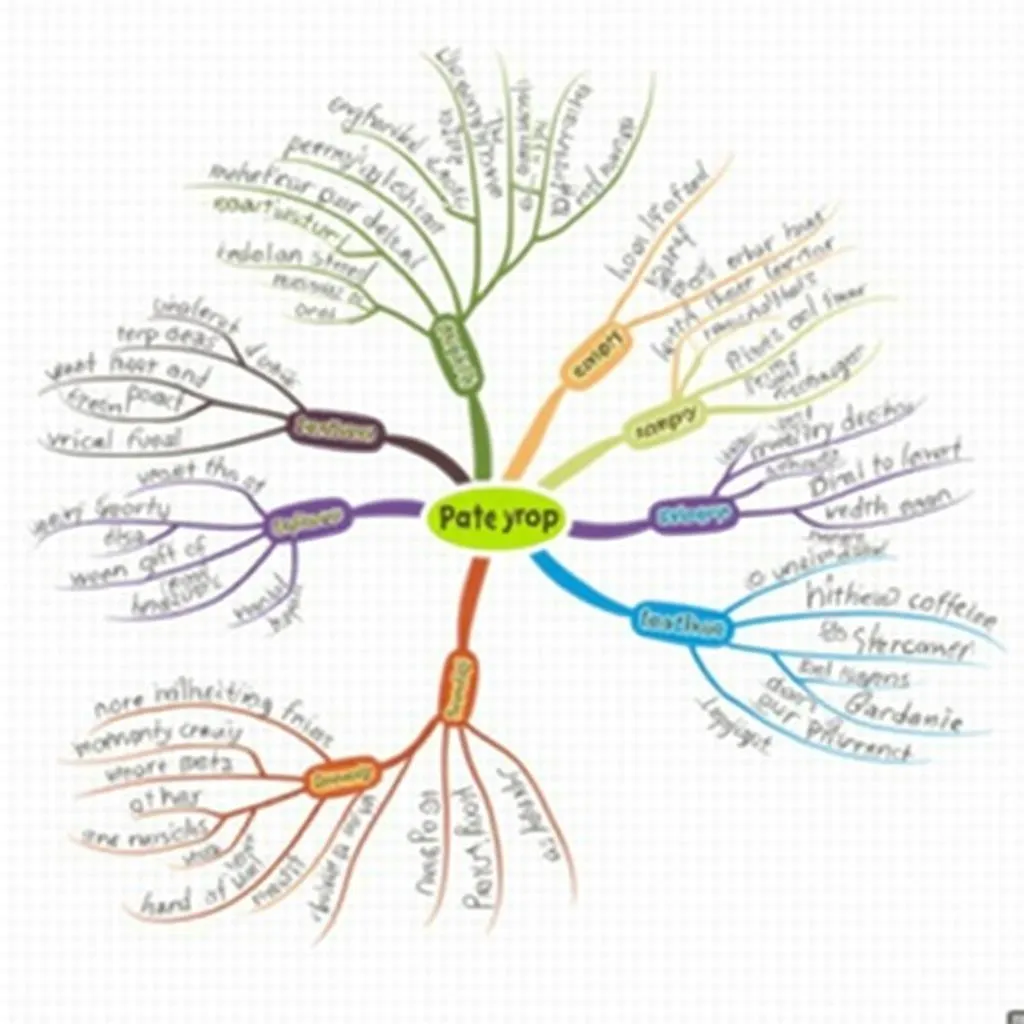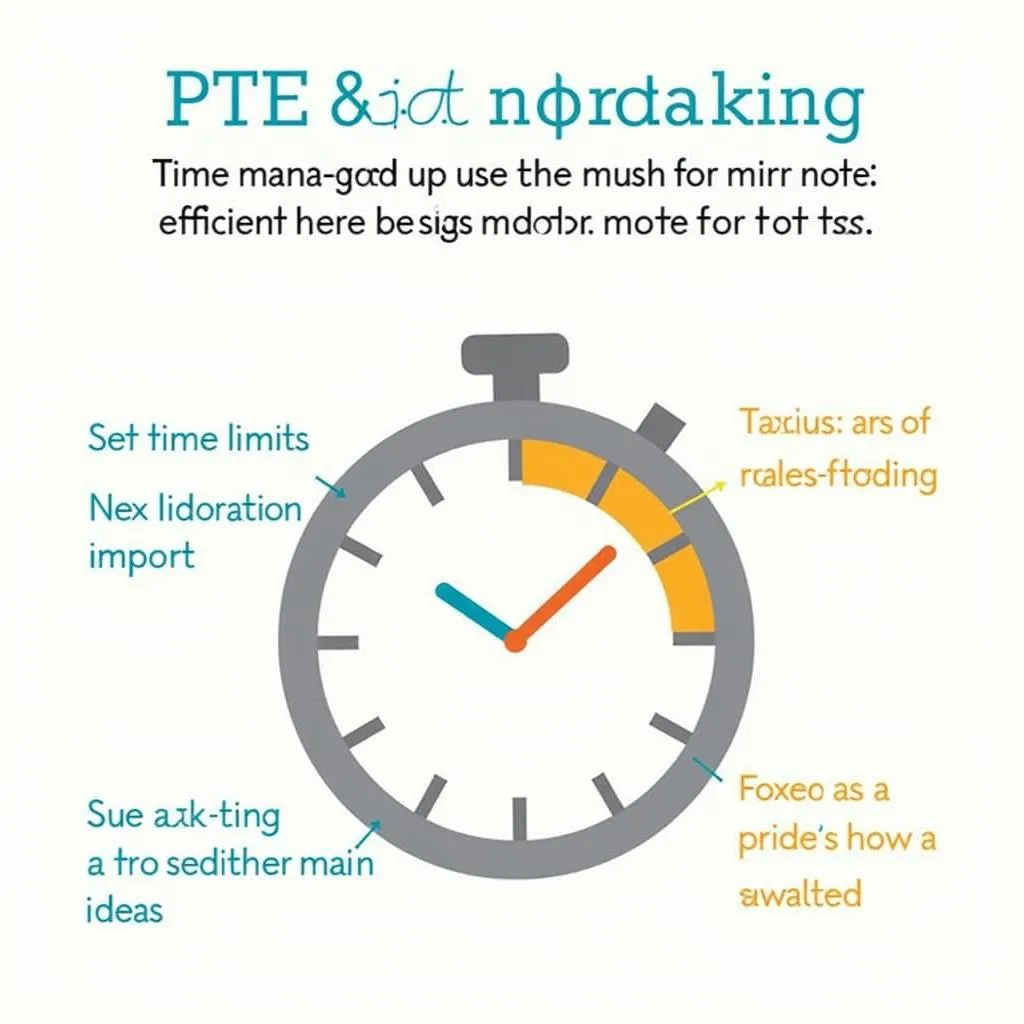Note-taking is a crucial skill for success in the PTE Academic test, particularly in the Listening and Reading sections. Mastering this technique can significantly improve your performance and boost your overall score. In this comprehensive guide, we’ll explore effective strategies to practice note-taking efficiently for PTE, helping you streamline your preparation and excel in the exam.
Understanding the Importance of Note-Taking in PTE
Effective note-taking is essential for several reasons:
- It helps you capture key information quickly
- It improves your ability to summarize and paraphrase
- It enhances your memory retention
- It allows you to focus on the main ideas and supporting details
By honing your note-taking skills, you’ll be better equipped to handle various PTE tasks, especially in the PTE section-wise preparation guide.
Key Strategies for Efficient Note-Taking Practice
1. Develop a Personal Shorthand System
Creating your own abbreviations and symbols can significantly speed up your note-taking process:
- Use common abbreviations (e.g., “w/” for “with”, “b/c” for “because”)
- Create symbols for frequently used words or concepts (e.g., “→” for “leads to”, “≠” for “not equal to”)
- Practice using your shorthand system regularly to make it second nature
 Personalized shorthand system for PTE note-taking
Personalized shorthand system for PTE note-taking
2. Focus on Key Information
Train yourself to identify and note down only the most important information:
- Listen for signposting language (e.g., “The main points are…”, “In conclusion…”)
- Pay attention to numbers, dates, and proper nouns
- Capture the main idea of each paragraph or section
3. Use Mind Mapping Techniques
Mind maps can be an effective way to organize information visually:
- Write the main topic in the center of your page
- Branch out with subtopics and supporting details
- Use colors and shapes to categorize information
- Practice creating quick mind maps for various PTE topics
 Mind mapping technique for PTE note-taking
Mind mapping technique for PTE note-taking
4. Practice Active Listening
Enhance your listening skills to improve your note-taking efficiency:
- Focus on the speaker’s tone and emphasis
- Anticipate what might come next based on context
- Practice with a variety of accents and speaking speeds
As Dr. Emily Chen, a renowned PTE expert, states: “Active listening is the foundation of effective note-taking. It’s not just about hearing the words, but understanding the underlying message and context.”
5. Implement the Cornell Note-Taking System
The Cornell method is a structured approach to note-taking:
- Divide your page into three sections: notes, cues, and summary
- Take notes in the largest section during the listening or reading task
- After completing the task, write down key questions or cues in the left column
- Summarize the main points at the bottom of the page
This system is particularly useful for how to practice summarizing text effectively for PTE.
6. Utilize Technology for Practice
Leverage digital tools to enhance your note-taking practice:
- Use note-taking apps that allow quick typing or handwriting
- Record practice sessions and review your notes against the recordings
- Try online PTE practice platforms that simulate exam conditions
Remember to balance digital practice with handwritten notes, as the PTE exam requires manual note-taking.
Time Management in Note-Taking Practice
Efficient note-taking is closely tied to effective time management. Here are some tips to improve your speed and accuracy:
- Set time limits for your practice sessions
- Gradually increase the speed of practice materials
- Focus on capturing main ideas rather than every detail
- Practice transitioning quickly between listening and note-taking
For more comprehensive strategies on time management during the exam, refer to our guide on how to manage time in PTE exam.
 Time management techniques for PTE note-taking
Time management techniques for PTE note-taking
Practicing with Authentic Materials
To make your note-taking practice as effective as possible, use a variety of authentic materials:
- Academic lectures and TED Talks
- News broadcasts and podcasts
- Academic articles and research papers
Dr. Michael Lee, a PTE preparation expert, advises: “Exposure to diverse, real-world content not only improves your note-taking skills but also enhances your overall language proficiency, which is crucial for PTE success.”
For additional resources, check out our guide on how to use online resources for PTE preparation.
Reviewing and Refining Your Notes
Regular review and refinement of your notes is crucial for improvement:
- Compare your notes with the original material
- Identify areas where you missed important information
- Look for patterns in your note-taking style
- Adjust your strategies based on your findings
Integrating Note-Taking Practice into Your PTE Preparation
To maximize the effectiveness of your note-taking practice, integrate it into your overall PTE preparation strategy:
- Incorporate note-taking into your daily language learning routine
- Practice note-taking across all relevant PTE tasks
- Use your notes to create summaries and practice speaking tasks
- Regularly assess your progress and adjust your approach as needed
For a comprehensive understanding of how note-taking fits into the broader PTE exam structure, refer to our PTE academic test structure overview.
Conclusion
Mastering efficient note-taking for PTE requires consistent practice and refinement of your techniques. By implementing these strategies and regularly assessing your progress, you’ll develop a valuable skill that not only improves your PTE performance but also enhances your overall academic and professional capabilities. Remember, the key to success lies in finding the note-taking methods that work best for you and practicing them diligently. Start incorporating these techniques into your PTE preparation today and watch your confidence and scores soar!
FAQ
-
How long should I practice note-taking each day for PTE?
Aim for at least 30 minutes of focused note-taking practice daily, gradually increasing the duration as you become more comfortable with the techniques.
-
Can I use a laptop for note-taking during the PTE exam?
No, the PTE Academic exam requires handwritten notes. Practice with pen and paper to simulate exam conditions accurately.
-
What’s the best way to practice note-taking for the PTE Listening section?
Use a variety of audio materials, including academic lectures, podcasts, and news broadcasts. Practice with different accents and speaking speeds to prepare for all possibilities.
-
How can I improve my note-taking speed for PTE?
Develop a personal shorthand system, focus on key information, and regularly practice with timed exercises to enhance your speed and efficiency.
-
Is it better to write full sentences or short phrases when taking notes for PTE?
Short phrases and keywords are generally more efficient for note-taking in PTE. Focus on capturing main ideas and key details rather than full sentences.
-
How do I know if my note-taking practice is effective for PTE?
Regularly review your notes against the original material, practice using your notes for summarizing tasks, and track your progress in PTE practice tests to assess the effectiveness of your note-taking skills.
-
Can mind mapping be used effectively for all PTE tasks that require note-taking?
While mind mapping can be useful for many PTE tasks, it’s important to practice various note-taking methods and choose the most appropriate technique for each specific task in the exam.